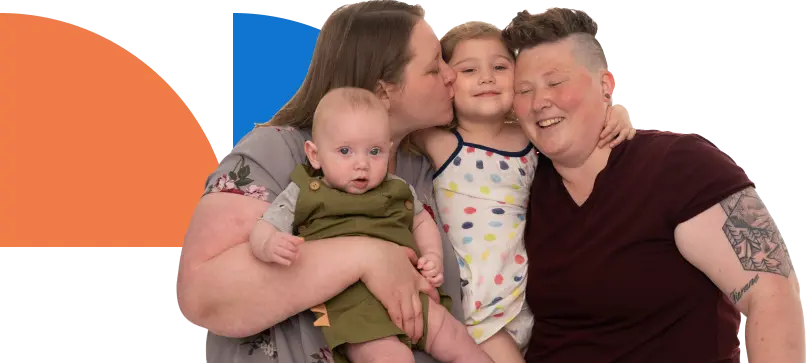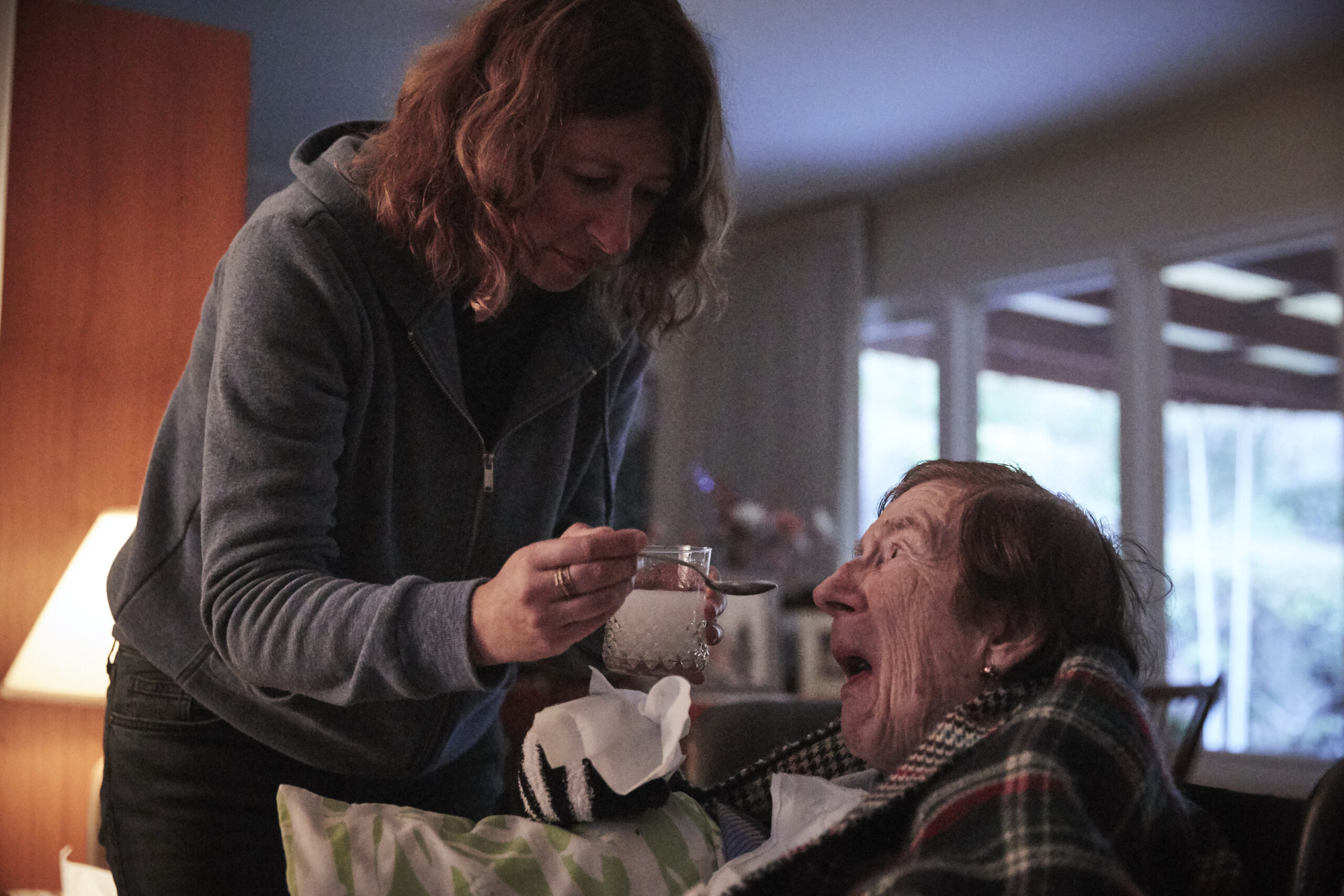
Family caregivers are everywhere. The latest studies show there are 53 million of them, an increase of 9.5 million in just the last 5 years. My research focuses on spousal caregivers, a subpopulation of family caregivers. Spousal caregivers differ from other family caregivers: They assist with more activities of daily living, perform more medical or nursing tasks, are almost always the sole caregiver, and are far more likely to be doing “high intensity” caregiving. They also report feeling significantly more stressed and more alone than other types of caregivers. The COVID-19 pandemic has markedly worsened the situation. I talked to 43 caregivers ranging from 29-87 years old, across 21 states. I asked them about the effects of COVID-19 on their lives. Here are five things I learned:
-
They are full of anxiety and fear: “I’m terrified of bringing it home.”
Spousal caregivers of working age have lower paying, public facing jobs. Some lost a job due to the pandemic and had no choice but to take on a more dangerous job during COVID-19 to survive. If they live in communities where residents did not take the pandemic seriously, this increased their anxiety. Retirement age caregivers were also afraid to leave the house. Crying during interviews, they expressed fear around maintaining safety protocols, telling me, “It’s an incredible extra stress because now making a mistake can be fatal.”
-
They are isolated: “We are locked in the house together.”
Caregivers and their ill or disabled spouses who have been strictly isolating since the beginning of the pandemic are experiencing the detrimental effects of loneliness. Those of retirement age who are no longer working or working from home reported that “all social interactions have stopped” due to their ill partner’s high-risk status. The holidays now feel particularly devastating because they are not able to see grandchildren. Additionally, caregivers are profoundly lonely, stating that “emotionally it’s too much” having to continue high-intensity caregiving alone and without social connections during the pandemic.
-
They have lost support: “I have none.”
Caregivers reported losing supports, such as access to home health aides, due to the lack of requirements for home health agencies to test employees and the precarious work conditions of these aides. This means spouses are now providing all of the care 24 hours a day every day, including hospice care. They are also performing more medical care. Visiting nurses may only do virtual visits, instructing caregivers on tasks. Doctors also instruct them to avoid trips to the ER, even if treatment is needed. Therefore, caregivers themselves are treating issues, changing wound dressings, and administering medications under the virtual guidance of health care professionals. Additionally, local caregiver support groups have discontinued, and only some caregivers feel comfortable attending virtually.
-
Their health is deteriorating: “There was definitely a decline.”
It was not just their own health and well-being that was deteriorating, but also that of their ill or disabled spouse. Without socialization, many declined both emotionally and physically. Access to physical and/or occupational therapy sessions has dwindled with closures. Caregivers have tried to step in and become the physical therapist as best they can, but their spouses have rapidly lost strength and flexibility. Many report this causing a marked decline in their spouse’s health, stating that they are able to do less and less, and suggesting this will have lasting, detrimental effects.
-
They are developing new routines: “I have to know that she’s safe.”
Caregivers are engaging in new routines to minimize their risk of exposure. They report taking advantage of grocery pick up or online delivery, sanitizing everything that comes into their home, and attempting new routines with their ill spouse when leaving the house if they choose to. Many of those who are physically able to go out for a walk or a drive in the car have various types of dementia. Thus, venturing out has become a new source of anxiety. As one caregiver for a man with Alzheimer’s told me, “the cruelty of COVID is that it is asking people to develop new routines.” For those with different types of dementia, they cannot understand why they may need a mask or grasp new routines around handwashing.
The situation for most spousal caregivers in the context of COVID-19 is dire. There are three things we can do about it:
- Congress should provide funds for home care agencies to provide their employees with free testing, which would help caregivers to continue employing home health aides and maintain their essential support.
- Congress should provide direct financial assistance to families to stay at home during COVID-19 rather than work.
- Communities should provide mutual aid or hyper local support. Caregivers report that it would be most beneficial if they could count on a weekly or routine task to be taken care of for them. If you know of a spousal caregiver in your community, visit them through their window, offer to pick up groceries or meals, and offer to do it regularly.
—
Laura Mauldin is a sociologist and Associate Professor at the University of Connecticut. She is currently writing a book about caregiving in the context of illness, disability, and aging, supported by a Social Science Research Council Rapid Response to COVID-19 Grant. You can follow her on twitter @mauldin_laura.


